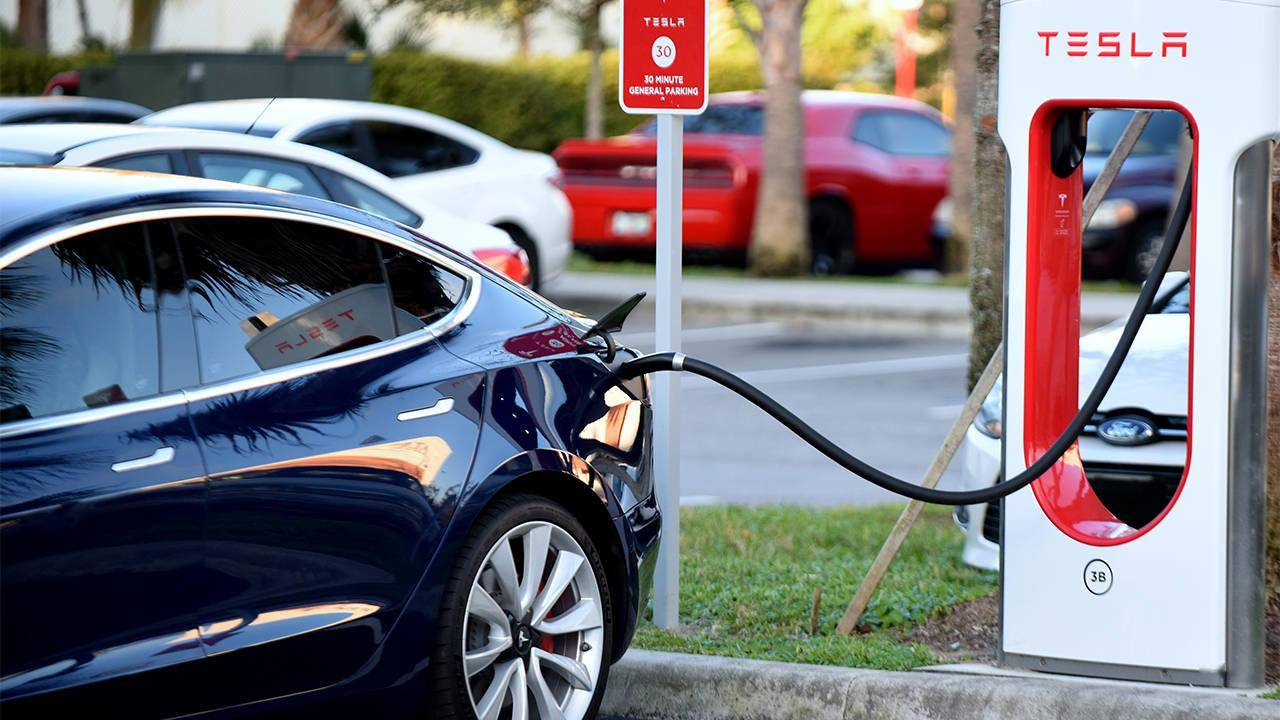What is the difference between Tesla superchargers and other public chargers?
Tesla superchargers and other public chargers are different in several aspects, such as location, speed, price, and compatibility. Here are some of the main differences:
- Location: Tesla superchargers are dedicated charging stations that are strategically located along major highways and routes, usually near amenities like restaurants, shops, or hotels. Other public chargers, such as destination chargers, are typically found in hotels, restaurants, shopping centers, parking lots, and other public places. They are meant to provide convenient charging for drivers who are staying for a longer period of time.
- Speed: Tesla superchargers are much faster than other public chargers, as they can deliver up to 250 kW of power and charge a Tesla vehicle from 10% to 80% in about 30 minutes. Other public chargers vary in their speed and power output, depending on the type and network. For example, some of the fastest public chargers in Australia are the 350 kW DC stations from Chargefox and Evie Networks, which can charge a compatible EV from 0% to 80% in about 15 minutes. However, most public chargers are slower, ranging from 50 kW to 150 kW DC stations that can take up to an hour or more to charge an EV. Some public chargers are even slower AC stations that can only deliver up to 22 kW of power and take several hours to charge an EV.
- Price: Tesla superchargers are not free for most Tesla drivers, except for those who have free lifetime supercharging credits or referral rewards¹. The price of supercharging varies by location and time of use, but it is usually around $0.42 per kWh in Australia. Other public chargers also have different prices depending on the network and location, but they are generally more expensive than Tesla superchargers. For example, both Chargefox and Evie Networks’ priciest 350kW DC stations are priced at $0.60 per kWh, ditto Ampol’s AmpCharge 150kW units, and BP Pulse’s 75kW fast chargers are $0.55 per kWh. Meanwhile, Chargefox and Evie Networks’ slower 50kW stations are only $0.40 per kWh and some state government or council-backed chargers are even cheaper.
- Compatibility: Tesla superchargers use a proprietary connector that is different from what most other EVs use in the US and Australia. However, Tesla has recently announced that it will open up some of its superchargers to other EVs in the US and Australia by adding adapters or software integration that will allow them to connect to the CCS port that most other EVs use. Additionally, some automakers like Ford and GM have also announced that they will adopt Tesla’s connector technology (renamed as NACS) in their future EVs. This means that Tesla superchargers will become more accessible and compatible with other EVs in the near future. Other public chargers use various standards and connectors depending on the region and network, but most of them use the CCS or CHAdeMO standards that are widely adopted by most EV manufacturers.

I hope this answer helps you understand the difference between Tesla superchargers and other public chargers.
article source: https://www.midapower.com/news/what-is-the-difference-between-tesla-superchargers-and-other-public-chargers/
Media Contact
Company Name: Shanghai Mida Cable Group
Email: Send Email
Country: China
Website: https://www.midapower.com/